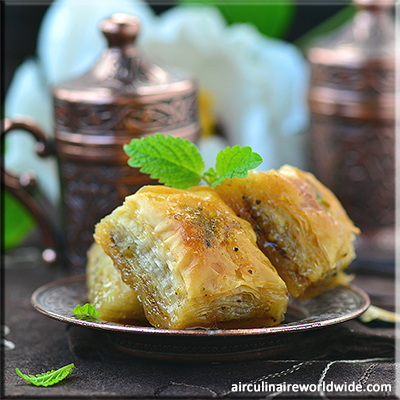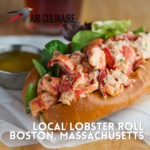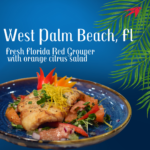While visiting the Middle East, you will have a chance to experience cuisine with unique flavors and cooking methods that have evolved over thousands of years. The popularity of this cuisine is reflected in the fact that in-flight caterers now offer regional cuisine menus that include entrees and appetizers inspired by the Middle East. Before getting into specific dishes, it is important to take a look at the area’s history and how it shaped the cuisine now found there.
Ancient civilizations in regions across the globe have had strong influences in culture and cuisine which continue to be evident today. Many of the flavor influences and preparation techniques are the result of early communications between cultures. Cuisine in the Middle East has been influenced by flavors and products from India, Mongolia and elsewhere. This is evident with items such as rice, tea and spices, as well as cooking styles. Since the Middle East is located between Europe, Asia and Africa it became the culinary epicenter.
Religions, especially Islam and Judaism, shape the dietary norms of the region, including the absence of pork and alcohol. Since pork is not consumed in these two religions, lamb tends to take its place. Additionally, bread is not leavened with yeast since that is a fermentation process. Instead, flatbreads, and breads leavened by steam and heat, are available.
Popular ingredients include chickpeas, dates, figs, grains, and yogurt. Sumac, parsley, cumin, coriander, clove, cinnamon and turmeric are just a sample of the fresh herbs and spices commonly used in Middle Eastern cuisine. Some items that are now more well-known worldwide include hummus (a creamy dip made of chickpeas), pita (a type of flatbread), tabouleh (a finely chopped salad made of parsley, mint and onion), and kebabs (skewered cubes of beef, chicken or lamb). Some less familiar items that are worth trying include kibbeh, savory pastries, and shawarma. Kibbeh is crispy, made of wheat, and filled with lamb or beef with pine nuts. These football-shaped snacks are accompanied by tzatziki sauce or minted yogurt. There is a variety of savory pastries that are filled, topped, or stuffed with an assortment of ingredients varying from cheese to lamb. Shawarma is soft flatbread sandwich that can contain grilled meats with lettuce, tomato, pickles and yogurt sauce.
Of all the regional cuisines found throughout the world, Middle Eastern cuisine may be the purest in the sense that it’s not masked by a lot of sauces and spices. The flavors are typically a mixture of grilling with a punch from lemon or sumac. Recipes in the Middle East typically use minimal ingredients with a focus on the flavor of the main ingredient. This cuisine is often considered healthier than many other regional cuisines.
Specific to onboard preparation, options for reheating Middle Eastern cuisine is similar to that of other types of cuisine. When it comes to packaging and delivery, sauces that should be served hot are usually packaged with the protein portion of the meal. Cold sauces (such as those made with yogurt) are delivered and stored separately. For reheating stuffed pastries, vent the bulk pan so that air and steam can escape, this will help the food remain crisp. Since kibbeh and falafel are fried they can be warmed up easily by removing the bulk pan cover.
If you aren’t familiar with Middle Eastern cuisine, make sure to get a regional menu from your in-flight caterer. If it’s your first time ordering this cuisine, try out kebabs, flatbread, hummus, tabouleh and kibbeh. Traditionally, Middle Eastern food is shared and is served on larger family-style plates. Similar to Indian and Pakistani food, it is also eaten by hand or with bread as a scoop. Passengers may prefer to eat from separate plates, so the best option is to serve a meal on larger plates and give individual plates to each passenger. Middle Eastern fare like hummus, kebabs, yogurt and flatbread are not only becoming more sought-after, but also they’re easy to prepare at altitude.
Questions
If you have any questions about in-flight catering in the Middle East, contact weborders@airculinaire.com.





